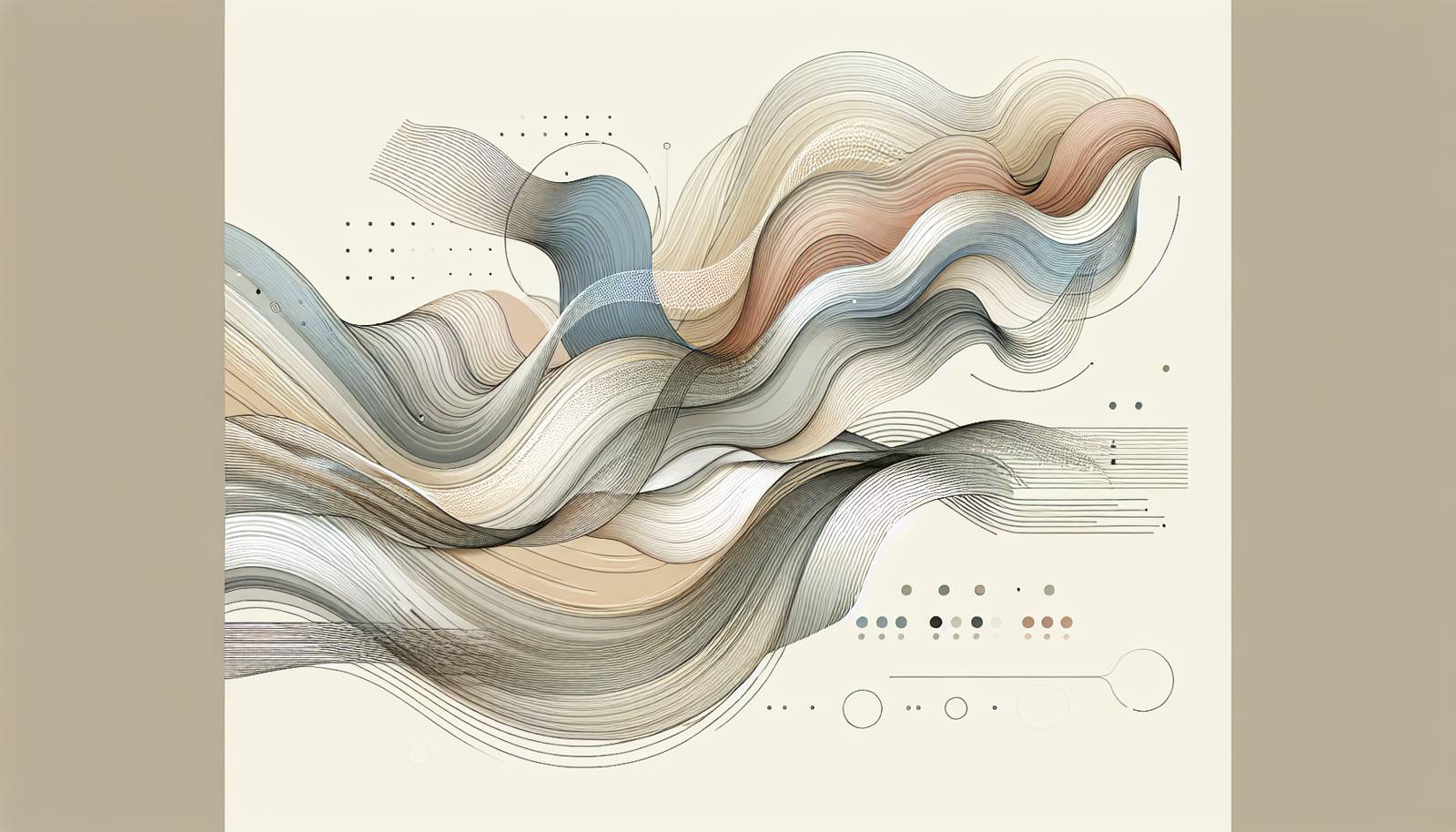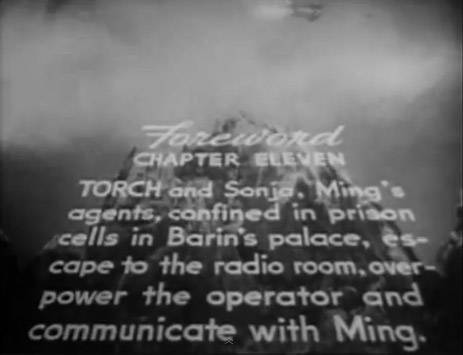
FAQ About The Evolution of Kinetic Typography in Film Trailers

What is kinetic typography in the context of film trailers?
Kinetic typography refers to the animation of text to convey messages in a dynamic and visually engaging way. In film trailers, kinetic typography is used to highlight key phrases, quotes, or words, making the content more appealing and impactful for viewers. This technique enhances storytelling by combining the power of words with motion graphics.

How does kinetic typography enhance viewer engagement in film trailers?
Kinetic typography captures viewers' attention through movement and animation, making the message more memorable and emotionally impactful. This engagement is crucial in the fast-paced environment of film trailers, where quick and effective communication is necessary. By using dynamic text, filmmakers can emphasize important themes and emotions, ensuring that viewers retain key information about the movie.

Can kinetic typography influence the marketing success of a film?
Yes, kinetic typography can significantly influence the marketing success of a film. Dynamic text in trailers can make them stand out in a crowded marketplace, attract diverse audiences, and create a lasting impression. By effectively communicating the film's tone and themes, kinetic typography can intrigue potential viewers, drive social media sharing, and ultimately lead to higher ticket sales.

When did kinetic typography begin to appear in film trailers?
Kinetic typography began to appear in film trailers around the late 20th century, as advancements in digital technology made it easier to integrate animated text into video content. Its usage has grown with the rise of digital marketing and multimedia storytelling, becoming a staple of modern film trailer design.

What are some notable examples of kinetic typography in film trailers?
Some notable examples include the trailers for "Stranger Than Fiction," which creatively used text to mirror the storyline's narrative elements, and "Zombieland," which employed animated typography to highlight action and comedic moments. These trailers effectively use kinetic typography to captivate audiences and convey the film's unique style and tone.

Are there specific design principles used in creating kinetic typography for film trailers?
Yes, creating effective kinetic typography involves several design principles, such as consistency in font type and color schemes, synchronization with audio elements, balanced pacing to ensure readability, and creative transitions that enhance the narrative. These principles help ensure that the typography complements the trailer's visual and thematic elements.

Why is kinetic typography becoming more popular in modern trailers?
Kinetic typography is becoming more popular due to its ability to capture audience attention in a visually saturated media landscape. It provides a dynamic way to tell stories and convey emotions without lengthy dialogue or complex visuals. Additionally, advancements in digital editing software have made it easier and more cost-effective to produce high-quality animated text.

How does kinetic typography affect audience perception of a film's genre?
Kinetic typography can significantly affect audience perception by visually representing the film's genre through stylistic choices, such as bold lettering for action films or elegant fonts for dramas. The movement and style of the text can convey a sense of pace, tone, and energy that aligns with the film's thematic elements, helping viewers quickly gauge the film's genre.

Is kinetic typography more effective for some film genres than others?
Kinetic typography can be more effective for certain film genres, such as action, comedy, and animation, where dynamic and vibrant elements align well with the film's energetic and expressive nature. However, it can also be used creatively in dramas and thrillers to build suspense and highlight emotional depth, demonstrating its versatile application across genres.

What technologies are used to create kinetic typography for film trailers?
Creating kinetic typography involves using digital animation and video editing software such as Adobe After Effects, Apple's Final Cut Pro, and other motion graphics tools. These technologies allow designers to animate text with various effects, including scaling, rotation, opacity changes, and complex transition animations, bringing dynamic visuals to film trailers.

How does kinetic typography interact with other elements in a film trailer, such as music and visuals?
Kinetic typography is often synchronized with music and visuals to create a cohesive and immersive experience. The rhythm of the music can dictate the speed and timing of text animations, while the visuals provide a context in which the text enhances the story being told. This integration helps reinforce the emotive and thematic messages of the trailer.

Does kinetic typography affect the memorability of film trailers?
Yes, kinetic typography can enhance the memorability of film trailers by making key information stand out and resonate with viewers. The combination of movement, color, and timing can make certain phrases or words more striking, leading to better retention of the film's message and increased recall among audiences.

How is audience reaction to kinetic typography in trailers measured?
Audience reaction to kinetic typography in trailers can be measured through various metrics, including social media engagement, viewer comments, likes, shares, and retweets. Additionally, audience feedback can be gathered through surveys or focus groups that specifically ask about elements of the trailer that captured attention and communicated the film's essence effectively.

Are there any challenges in using kinetic typography in film trailers?
Challenges in using kinetic typography include ensuring readability at a fast pace, preventing visual overload, and balancing the text with other visual elements. Designers must carefully plan the timing, transitions, and placement of text to avoid distracting viewers from the trailer's primary visual and auditory content.

How do cultural and linguistic considerations affect the design of kinetic typography in trailers?
Cultural and linguistic considerations affect the design by influencing font selection, color schemes, and text placement. Designers must account for cultural interpretations of colors and symbols, as well as translations and adaptations for international markets, ensuring the kinetic typography effectively communicates across different audiences.

What role does kinetic typography play in the storytelling aspect of film trailers?
Kinetic typography plays a crucial role in storytelling by serving as a visual narrative tool that highlights key dialogue, themes, and emotional cues. It can denote shifts in tone, underscore dramatic moments, or provide exposition, helping to convey the movie's plot and mood succinctly and effectively through animated text.

How has digital technology influenced the evolution of kinetic typography in film trailers?
Digital technology has significantly influenced the evolution of kinetic typography by offering powerful tools and platforms for creating complex animations and effects. Easier access to sophisticated software and faster processing capabilities have expanded creative possibilities, allowing filmmakers and designers to experiment with innovative styles and ensure quick adaptation to market trends.

Is there a standard duration for kinetic typography animations in trailers?
There is no standard duration for kinetic typography animations in trailers; the length depends on the context and content of the message. Animations should be brief enough to maintain viewer interest while ensuring the text is readable and impactful. Each animation is typically timed to align with the overall pace and rhythm of the trailer.

How does kinetic typography contribute to brand consistency in film marketing?
Kinetic typography contributes to brand consistency by aligning visual elements, such as fonts and colors, with the film's branding across various marketing materials. Consistent use of these elements helps build brand recognition and reinforces the movie's identity, ensuring that all promotional content delivers a unified and recognizable message.

What future trends are predicted for kinetic typography in film trailers?
Future trends for kinetic typography in film trailers include the use of augmented reality (AR) and virtual reality (VR) to create immersive experiences, increased personalization through data-driven design, and more interactive elements that engage viewers. These advancements will likely continue to push the boundaries of how kinetic typography can be used to captivate audiences and enhance storytelling in film marketing.
